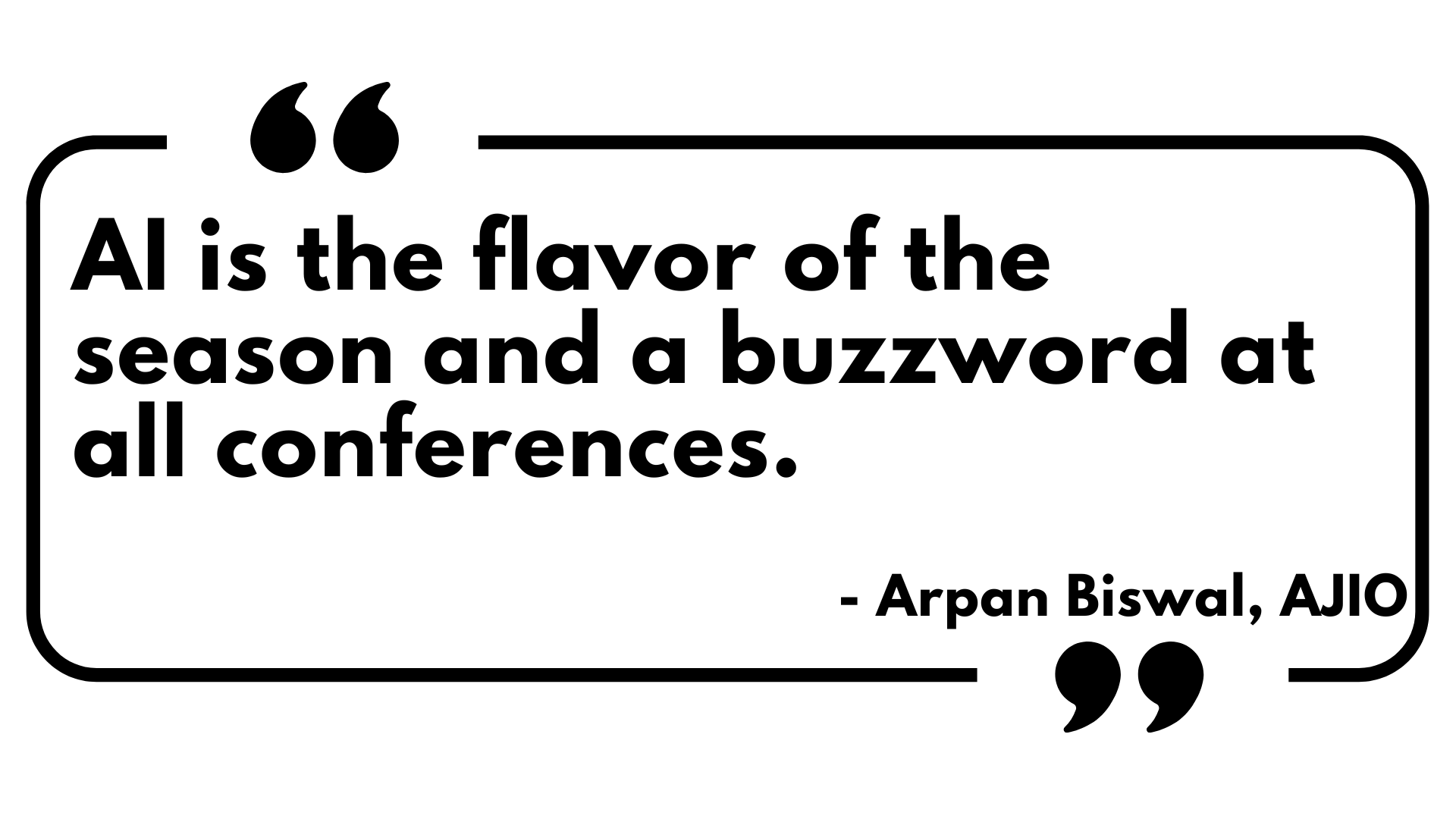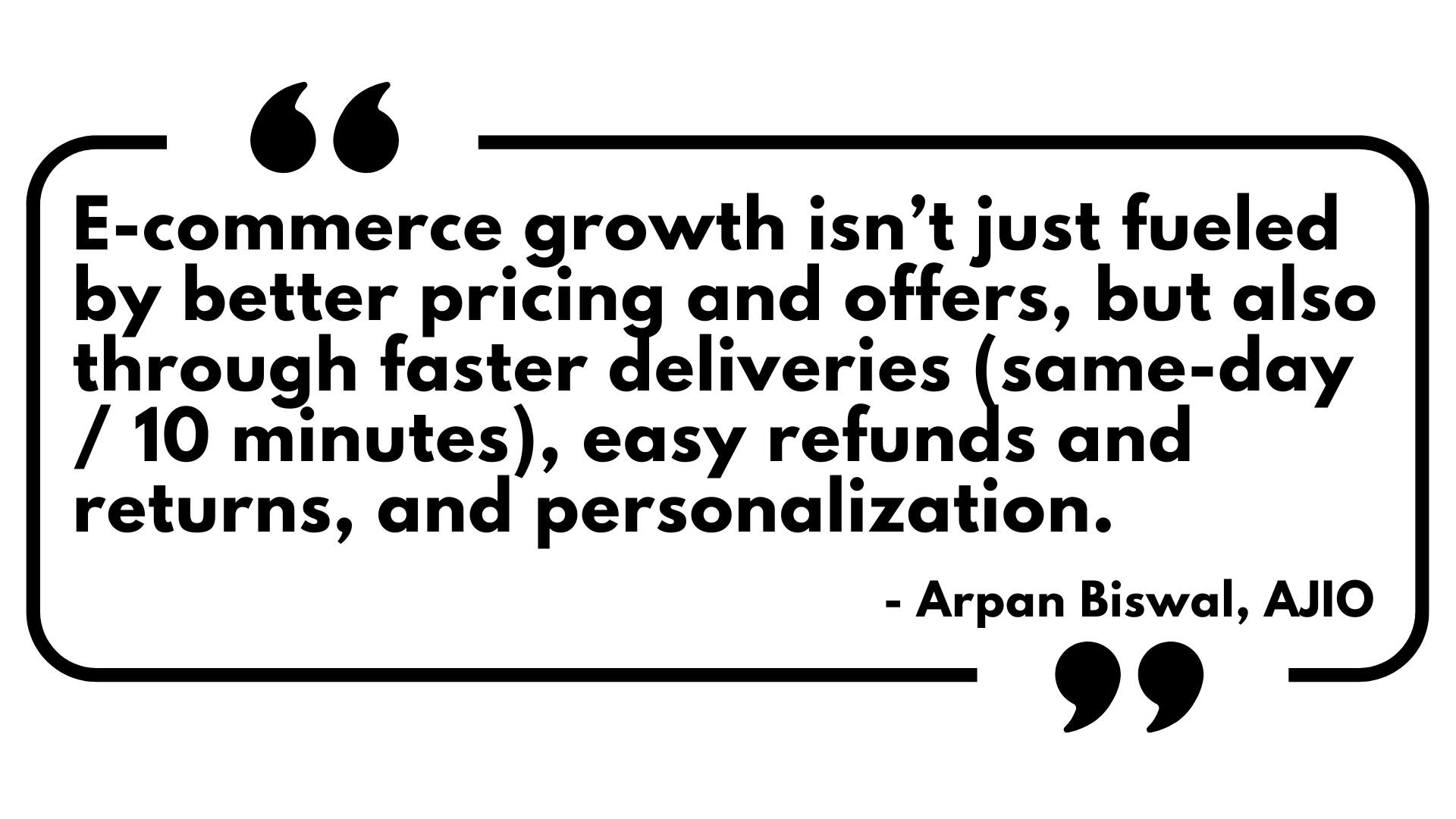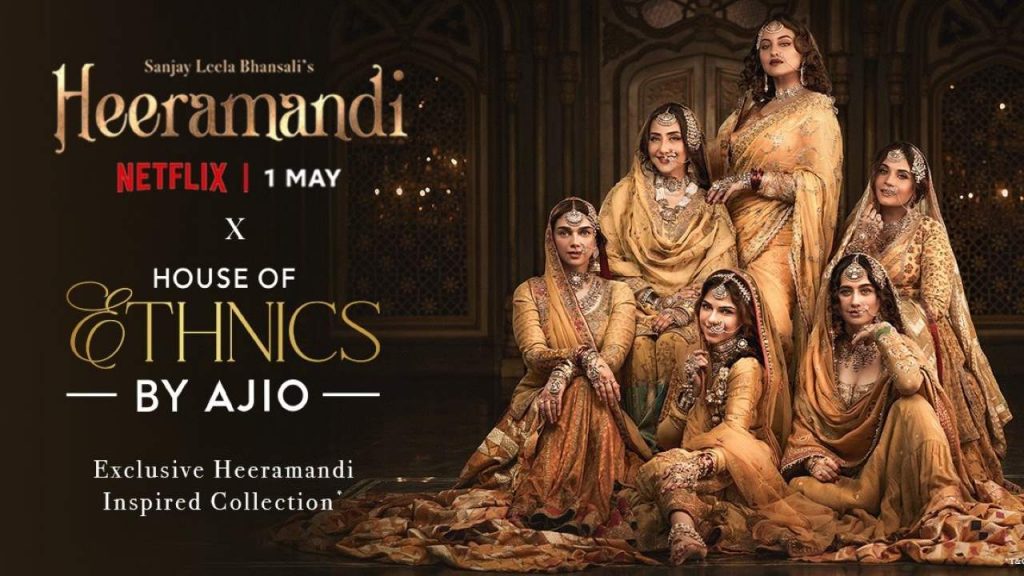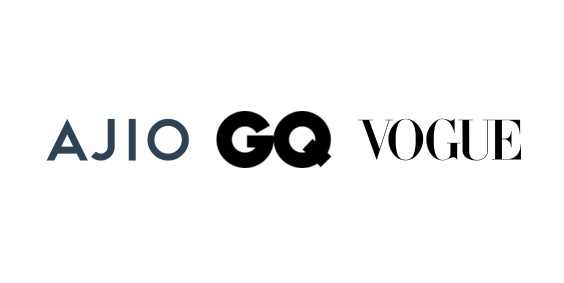
Could you walk us through your professional journey as to what initially drew you to the e-commerce field and your experience working across diverse sectors like FMCG, real estate and automobiles?
I’ve always tried to remain industry-agnostic, as each industry is unique, and the learnings are incremental. While the pillars of marketing are constant, the role of the 4Ps or 7Ps (in the case of services) varies. Consider real estate, where high involvement and pricing significantly determine the end outcome, in contrast to biscuits (FMCG), where brand plays a bigger role. In my 14 years in the corporate world, I have had the privilege of working across multiple industries and different life cycles, which has provided me with a good understanding of consumer behavior and how they react to various triggers.

The e-commerce landscape has gone through a massive boom in the past decade. How have you seen the landscape evolve and what opportunities do you seen for AJIO in the future?
E-commerce has surged in the past decade, owing to convenience (more options to choose from, delivered to your doorstep, easy returns, etc). COVID gave this industry a nitro boost as people preferred to shop from home. With the situation coming back to normal, we have seen habits stick as platforms have evolved and innovated over time—such as COD for trust-building, virtual try-on for fits, exclusivity to drive traffic, image search for convenience, and many more.
Ajio has incorporated all of the above into its offerings for users—multiple storefronts catering to different user needs (Ajio Luxe, Ajio Premium, Ajio Value, AjioGram for Gen Z), tech interventions like personalization and image search, and service enhancements like same-day delivery. With growing disposable income and higher women’s participation in the corporate sector, we expect premium brands to scale faster and contribute to over 20% of overall revenues. In line with this, Ajio has reinforced its product offerings with ASOS, H&M, and a collection of other masstige brands.
How do you integrate online and offline marketing strategies to provide a seamless customer experience across all touchpoints?
Ajio is primarily online, so we primarily use online channels for better attribution. Having said that, we also use offline channels like TV, outdoor, and print to communicate sale events and brand launches. We have also collaborated with offline events like Supersonic (targeting Gen Z for Sneakerhood) and Vogue (Forces of Fashion) to build salience and imagery for Ajio.

AI is transforming fashion marketing in remarkable ways. How are you leveraging AI to deliver personalized shopping experiences and data-driven marketing strategies?
AI is the flavor of the season and a buzzword at all conferences. We at Ajio have incorporated both generative and predictive AI in our work to enhance creativity and personalize user experience.
Generative AI: We use tools like Kaiber and Midjourney to create videos and static content for cataloguing and social media posts—ensuring faster turnaround and cheaper execution. We are also exploring voice AI to create content for campaigns and our customer care teams.
Predictive AI: Internally, we use predictive AI for customer lifetime value, fraud prediction, and demand prediction. Externally, we leverage the AI capabilities of our partners like Meta, Google, and Adgreetz to customize content and reach out to relevant users.
AJIO is nailing its content marketing with campaigns that resonate with customers. How do you ensure that the brand is maintaining its brand voice amidst the competitive landscape?
Our only north star is shareability for social media, which happens when the content clicks one of the following checkboxes: inspirational, hilarious, or informative. With attention spans decreasing and the competitive landscape becoming more chaotic, we ensure our campaigns are highly engaging, linked to pop culture events, and relevant for the specific target group (TG).

● Netflix Heeramandi x Ajio collaboration: Introduced Heeramandi-inspired 250 styles under House of Ethnics.
● Ranbir Allabadia’s TRS: First sponsor of TRS, reaching out to Gen Z with relevant topics.
● Vogue x Ajio collaboration: Annual collaboration with Vogue highlighting the history of fashion runways.

Sustainability is becoming a major concern in fashion. How are you addressing this issue in your marketing strategies?
Sustainability isn’t just environmental but also financial. Ajio, through its brand Indiepicks, works closely with weavers across India, promoting their local designs and handicrafts and giving them a platform to increase their income.